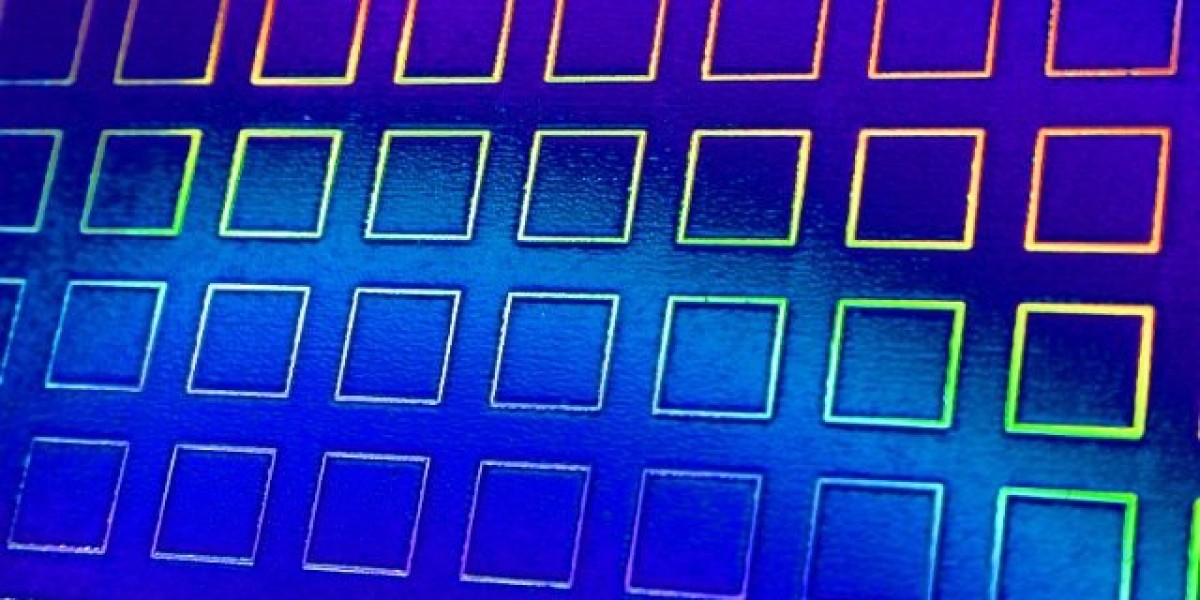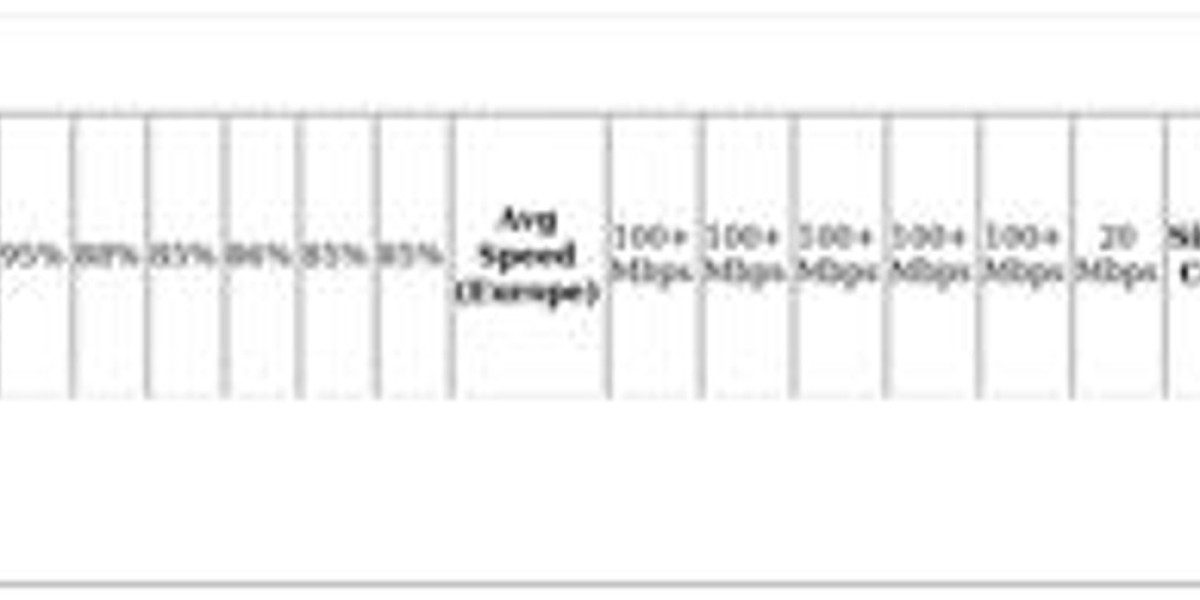Healing From Within: The Health Benefits of KPV and BPC-157 Peptides
The concept of "healing from within" underscores how these peptides work internally rather than externally. By entering cells and interacting with specific receptors or signaling cascades, they can influence gene expression and protein synthesis in ways that favor repair. Patients who have used KPV and BPC-157 report faster recovery times after surgeries, reduced pain levels, and an overall sense of restored vitality. In addition to their regenerative capabilities, these peptides also appear to support cardiovascular health by enhancing blood flow and improving endothelial function. When combined with a balanced diet and regular exercise, they can contribute to long-term resilience against age-related decline.
What Are KPV and BPC-157?
KPV is a tripeptide composed of the amino acids lysine (K), proline (P), and valine (V). Its compact structure allows it to penetrate tissues efficiently and https://motionentrance.edu.np/profile/stepbrick0/ interact with inflammatory mediators. In laboratory studies, KPV has been shown to inhibit key enzymes that drive inflammation, thereby reducing tissue damage during acute injury events.
BPC-157, short for Body Protective Compound 157, is a longer peptide derived from a protein fragment found in the human stomach lining. It contains 15 amino acids and possesses remarkable stability in harsh gastrointestinal environments, which makes it suitable for oral administration as well as injectable forms. BPC-157’s mechanism of action involves the modulation of growth factors such as vascular endothelial growth factor (VEGF) and transforming growth factor beta (TGF-β). These pathways are critical for angiogenesis, collagen production, and cellular proliferation—all essential steps in wound healing.
Inflammation Reduction
Chronic inflammation is a common denominator in many modern diseases, including arthritis, inflammatory bowel disease, and even certain cancers. KPV’s ability to dampen the activity of pro-inflammatory cytokines—such as tumor necrosis factor alpha (TNF-α) and interleukin 6 (IL-6)—has been demonstrated in preclinical models. By lowering these cytokine levels, KPV reduces swelling, pain, and tissue degradation.
BPC-157 also exerts anti-inflammatory effects but through a different route. It promotes the release of nitric oxide, a vasodilator that improves microcirculation and oxygen delivery to damaged tissues. Improved blood flow allows immune cells to clear debris more efficiently, accelerating the resolution of inflammation. Moreover, BPC-157 can upregulate antioxidant enzymes like superoxide dismutase, protecting cells from oxidative stress—a major contributor to chronic inflammatory states.
Clinical Evidence and Practical Considerations
While human trials are still limited, early-phase studies have shown promising safety profiles for both peptides. Side effects reported in small cohorts include mild injection site discomfort or transient flushing when administered intravenously. Oral BPC-157 tablets have been well tolerated, with no significant adverse events noted over several months of use.
Patients interested in incorporating these peptides into their wellness regimen should consult a qualified healthcare professional to determine appropriate dosages and delivery methods. Standard protocols often involve daily subcutaneous injections for KPV at 1–2 milligrams per day and oral or injectable BPC-157 at 200–500 micrograms per day, depending on the condition being treated.
Conclusion
Biote BPC 157 KPV peptides represent a frontier in regenerative medicine that harnesses the body’s own healing mechanisms. By targeting key inflammatory pathways and promoting tissue repair from within, they offer a multifaceted approach to health maintenance and disease mitigation. As research advances and more robust clinical data become available, these peptides may transition from experimental treatments to mainstream therapeutic options for patients seeking natural yet powerful solutions to complex medical challenges.



